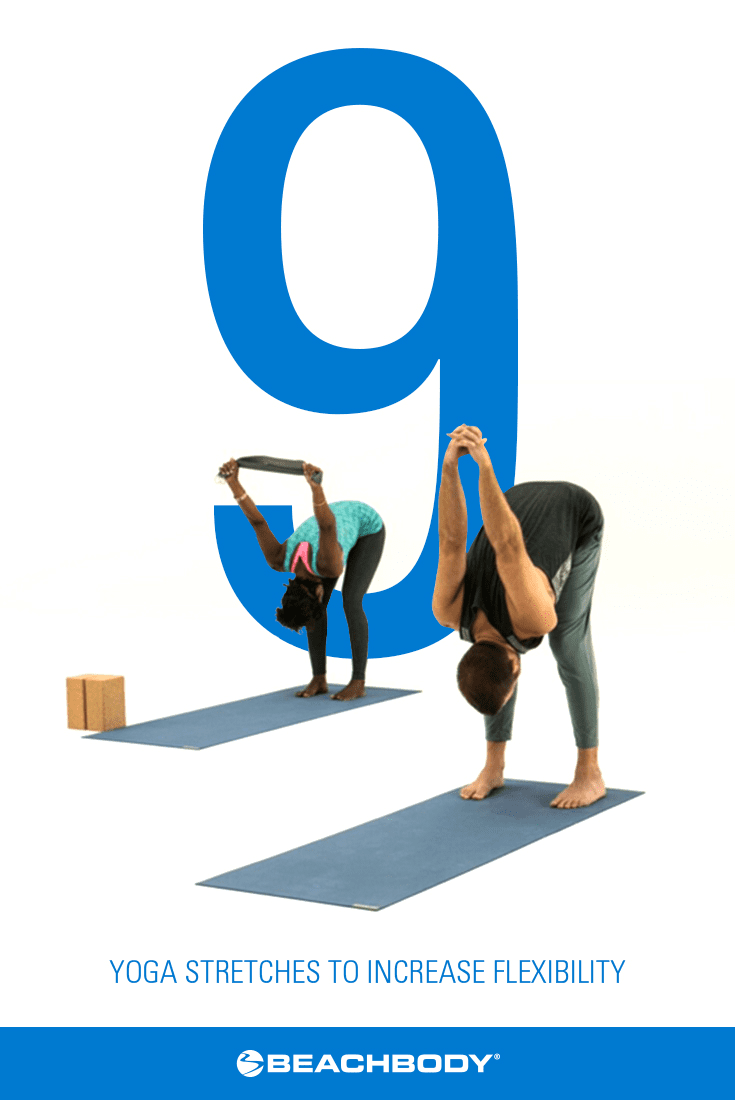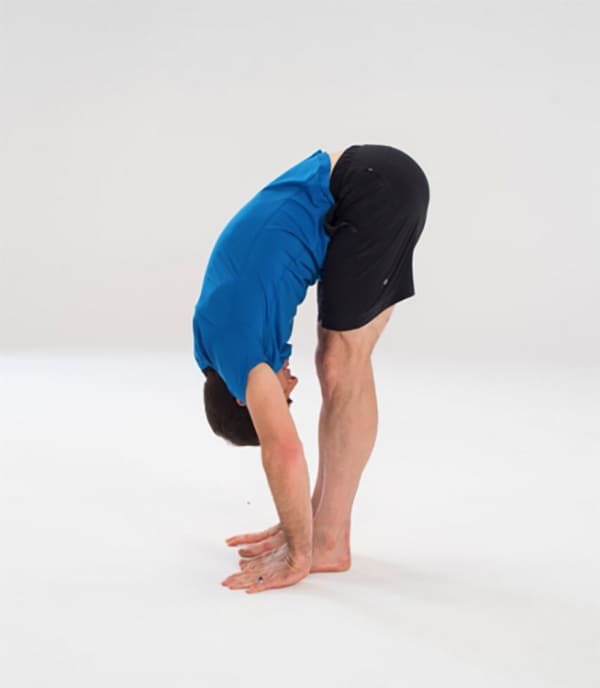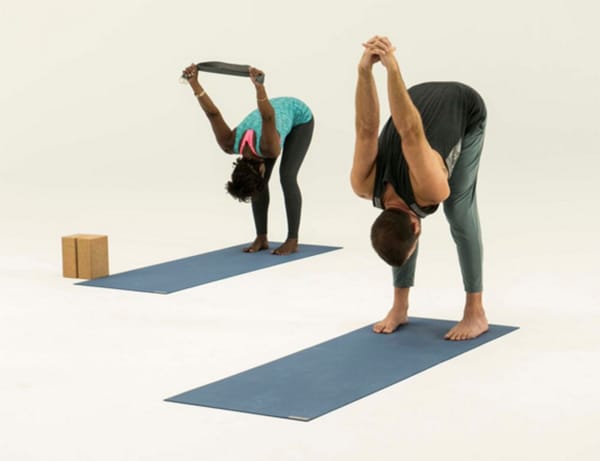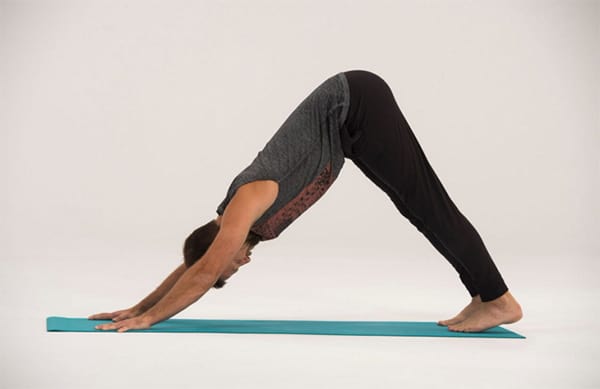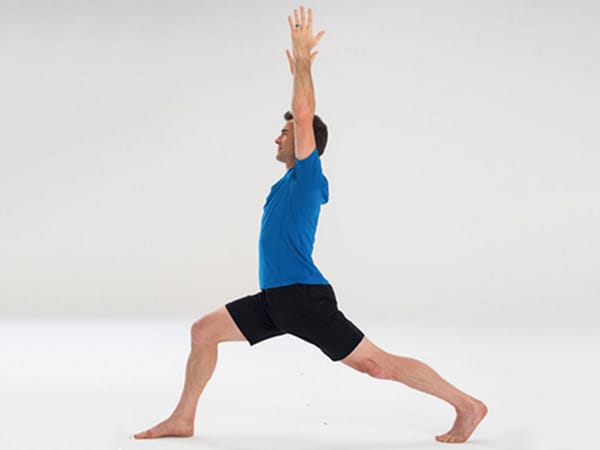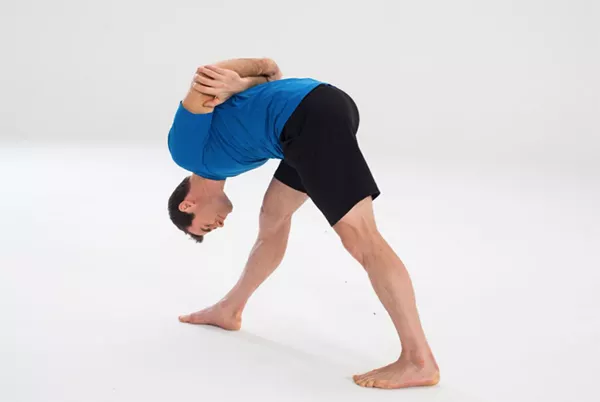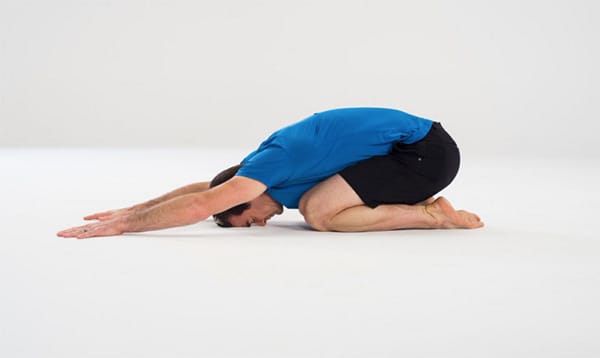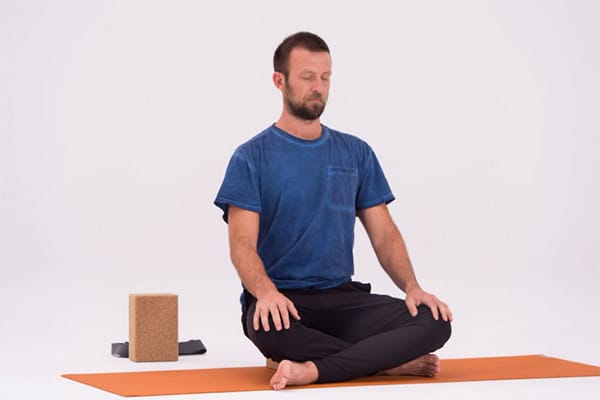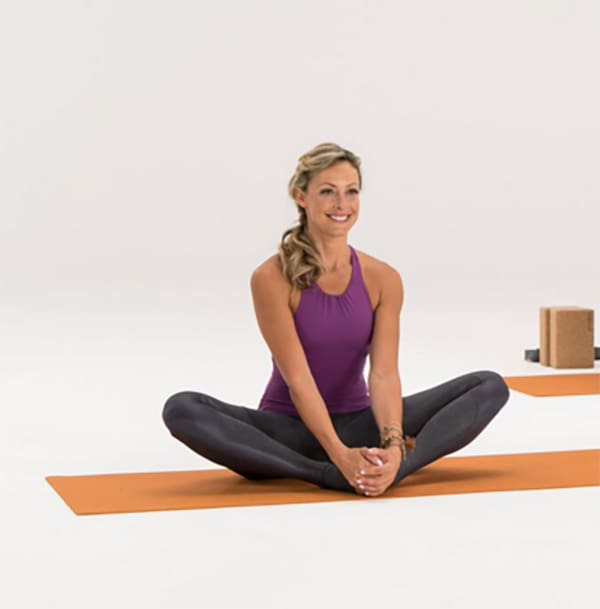9 Yoga Stretches to Increase Flexibility
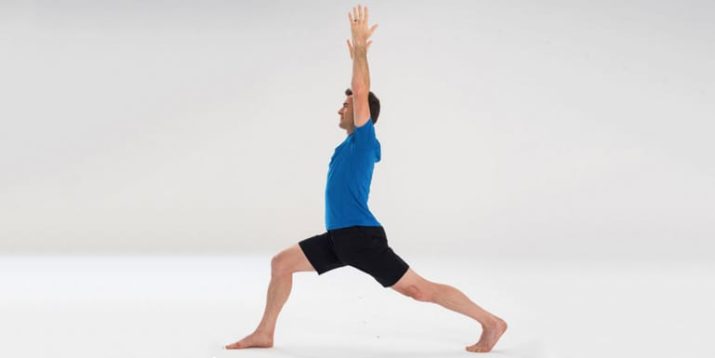
“I’m not flexible enough to do yoga.” You’ve heard that one before. You might have even said it yourself. Well, I’m here to tell you that your inflexibility actually makes it easier to feel the stretch – which is what we are going for in yoga class!
Think about this for a moment: You’re in class on your mat next to a ballerina. The teacher tells the class to sit down on your mat with legs straight and reach for your toes. You can barely bend forward because your hamstrings are so tight. But you feel that stretch, don’t you? You sure do!
That flexible neighbor of yours, however, may not feel a stretch so she’s not gaining as much benefit as you are in that pose. It’s definitely going to take her more pulling and prodding to get to the same stretch you are feeling. So the fact that you’re not very flexible means you’re feeling the stretch much more quickly than little miss Gumby next to you. Well done!
It’s important to understand that in yoga, unlike many other athletic endeavors, the goal is not to do the pose “perfectly,” it’s about feeling the stretch and taking deep breaths so that your body and mind feel balanced and rejuvenated after class.
Flexibility has absolutely nothing to do with your self-worth. Just because you are flexible, does not make you “better” at doing yoga. Everyone has their own starting point regarding flexibility and you move forward in your practice from there. So try not to compare yourself to the ballerina next to you. She’s on her own path. See the time on your yoga mat as an opportunity to turn within and breathe.
To get you started, here are 9 yoga stretches to help increase your flexibility. Remember, always breathe deeply and if you ever feel pain, back off. The pose should feel like a good, healing stretch, but never painful. On a 1-10 scale, where a one is no stretch at all and a 10 is painful, I recommend stretching somewhere between a six and an eight.
1. Standing forward fold
This pose stretches your lower back and your hamstrings. I recommend doing this pose at the beginning of most yoga practices for a minimum of 30 seconds and a maximum of three minutes. Be careful not to come back to standing too quickly since you may get dizzy. Rise up slowly with a strong core.
How to: Stand with the feet shoulder-width apart, bend your knees slightly for a solid foundation, and slowly lower your upper body so it hangs all the way forward. (You can allow your arms to drop to the floor or grab opposite elbows.) As you gain more flexibility, you’ll be able to straighten your legs, but remember, you always want to start easy then go a little deeper into the stretch.
2. Standing forward fold with shoulder opener
Here we add a shoulder stretch to your forward fold. You’ll receive all the same benefits as the forward fold along with more flexible shoulders.
How to: From your standing forward fold, interlace your fingers behind your lower back. Do your best to straighten the arms and bring your arms over your head toward the floor in front. If you’re not able to straighten your arms, hold a towel or strap so your arms are straight. Make sure you’re moving your shoulders away from your ears, breathe as you stretch, and think about melting any tension or tightness in the shoulders and hamstrings.
3. Downward dog
Downward dog strengthens your shoulders and arms while stretching your hamstrings, calves, and Achilles tendons. From wrists to hips and hips to heels, create one line as straight as you can make it. Beginners, bend your knees slightly in order to lengthen the spine. I recommend building up strength to hold this pose for up to two minutes. In the beginning, 30 seconds will feel like a long time, but I promise, you will build that strength! You can always drop to your knees to rest at any time.
How to: Essentially, you’re putting your body into an upside down V-shape. Come to your hands and feet – if you looked at yourself from the side, your body should form a triangle. If your shoulders or hamstrings are tight, add a slight bend in the knees. Spread your fingers, bring your head between your biceps as best you can, move your shoulders away from your ears and extend your tailbone up and back; and breathe.
4. Crescent pose
This is a great pose because it strengthens and stretches at the same time. You strengthen the front leg while stretching the hip flexor of the back leg. Crescent pose is sometimes referred to as a high lunge. Crescent pose also improves balance and your ability to focus by steadying your gaze on one unmoving point.
How to: Starting from downward dog, step your right foot up between your hands. (You may need to scoot it up if you’re not super flexible.) This puts you into a runner’s lunge with your fingertips touching the mat on either side of your right foot. Your front foot is flat on the mat and your back heel is lifted. Make sure there is some distance between your feet to stabilize you. On an inhale, bring your hands to your hips and lift your upper body. Once you feel stable, sweep your arms straight up to the ceiling, palms facing each other. Hold for 30 – 60 seconds, or more if you’re feeling especially strong, then switch legs.
5. Pyramid pose
This pose will stretch your hamstrings and lower back. It will strengthen your quadriceps, feet, and shin muscles.
How to: From crescent pose, straighten your front leg, step your back foot forward so your feet are roughly three feet apart. Turn your back heel down to the floor, creating a pyramid shape with your legs. Square off the hips toward the front of the mat and point your back foot to 45 degrees. Put hands on your hips, raise your upper body on an inhale and begin folding forward from the hips on an exhale. Make sure to move slowly as the sensory receptors in your hamstrings will tell you how far to go. Only fold forward enough to feel a stretch and then hold it and breathe. If you feel like it’s beneficial to move deeper into the stretch, slowly move the torso a bit further down on an exhale and hold; then switch legs.
6. Child’s pose
Considered a resting pose, this yoga pose stretches your shoulders, lower back, quads, ankles, the tops of the feet, and shins. Hold this pose up to two minutes to gently open the groin, thighs, and hips.
How to: Start on your hands and knees. Bring your big toes together and spread your knees slightly wider than your ribcage. Move your butt to your heels and allow your torso to rest on your thighs. You can reach your arms in front of you, which will give you a slight shoulder stretch or bring your arms down by your sides for a more relaxed version. Another option is to keep the knees together. All of the options are fine. Do whichever one feels best in your body. The most important thing is that your knees do not hurt when you bend them.
7. Easy pose
Here we open the hip and stretch the glutes, knees, and ankles. If you lean forward, you’ll also stretch the lower-middle back.
How to: Sit in a cross-legged position. Cross the legs at the calves so that your feet are under your knees. Breathe deeply with your hands on your knees or thighs. If your knees are far away from the floor, this means your hips are on the tighter side and sitting on a block may help you feel more comfortable in this stretch.
8. Butterfly
One of my favorite poses: This one stretches your inner thighs, adductors, and groin. It’s one of the tightest places in the body, and that means it needs some tender loving care.
How to: Sit down, bend your knees, and bring the soles of your feet together. Your knees will splay out to the side but if you’re inflexible, your knees will be higher off the ground, which is fine. If you want more of a stretch, hold onto your ankles and gently push your knees down with your elbows. You’ll gain flexibility if you move slowly and breathe into the sensation.
9. Spinal twist
Spinal twists are a wonderful way to increase your lateral flexibility. This pose stretches the spine, neck, and the shoulders. Don’t ever push too hard since pain is never the goal in yoga. If your back does crack and there is no pain, don’t be alarmed — it’s usually safe, and actually healthy, for your spine to realign itself.
How to: Sitting up tall with your legs stretched out, place your right foot on the ground just outside of your left thigh. Place your right hand behind you in line with your sacrum. On an inhale, hug the right knee toward your chest with your left hand and elongate the spine upward. On an exhale, slowly twist the upper body to your right. Do your best to start the twist at the base of your spine and slowly work upward so that you’re not just twisting at the shoulders. Take 3-4 more breathes and with each inhale elongate the spine and on the exhale twist a bit further. You can also turn your head toward your right shoulder if that feels good on the neck. It’s important not to force any of these movements. Take it slow and breathe deeply for 30-60 seconds on each side.
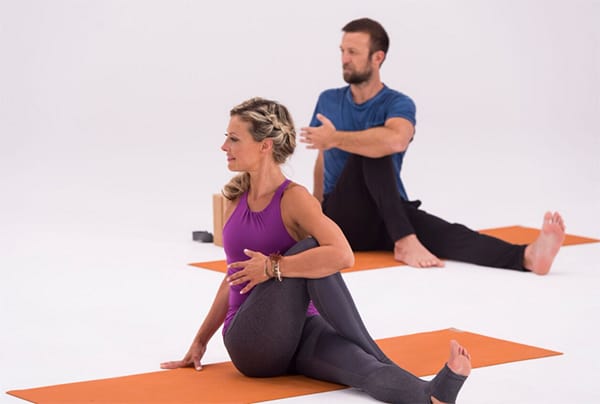
If you enjoyed these poses, you will love Beachbody’s yoga program, 3 Week Yoga Retreat, where I, along with three other yoga experts, guide you through the foundations of yoga. You can also follow me on Twitter @teddymcdonald and at teddymcdonald.com.
